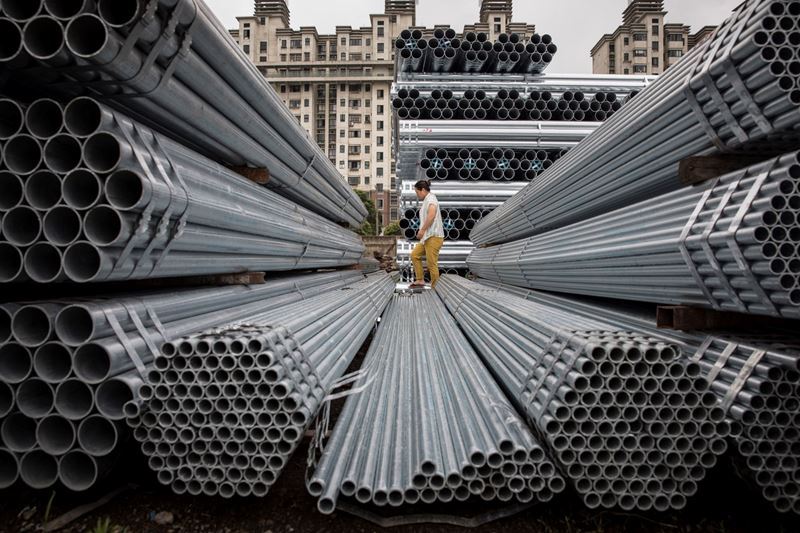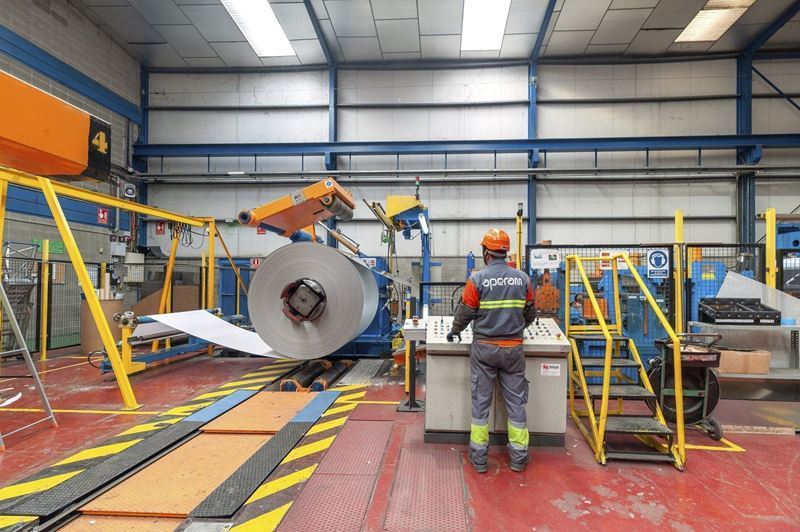In the first two months of 2024, China's largest 10 steel-producing provinces and autonomous regions saw a decrease in crude steel production, falling by 1.11% compared to the previous year to 121.56 million tons. While 5 regions experienced an increase in production, the remaining 5 witnessed a decrease.
Weak demand for steel and low profits or even losses in the first two months led many Chinese steel producers to slow down production or halt operations for maintenance. During the January-February period, excluding the eight-day Chinese New Year (CNY) holiday, the average daily trading volume of spot construction steel, rebar, and wire rod among 237 tracked Chinese trading firms was 88,183 tons, marking a significant 20.1% decrease compared to the same period last year.
The average profitability among 247 tracked blast furnace (BF) facilities saw a yearly decrease of 4.8 percentage points, reaching 26.5%.
Guangxi Zhuang Autonomous Region in southwest China recorded the largest annual increase in steel production among these regions, with a growth rate of 17.46% over the two-month period. The increase in Guangxi can be attributed to shorter downtime for maintenance observed in local mini plants and the normal operation of Liuzhou Iron & Steel Co. this year.
Major steel-producing regions like Hebei, Shandong, and Liaoning experienced declines in production. These decreases were linked to weak demand and producers implementing production restrictions to maintain profitability.
Overall, China's steel production showed a mixed picture in the first two months of 2024. Weak demand and concerns over profitability continue to exert pressure on production. Future production trends will depend on developments in demand and steps taken by producers to improve profitability.
According to data from the World Steel Association, China's total crude steel production for the January-February period was 168 million tons, showing a 1.6% increase compared to the same period last year.









Comments
No comment yet.